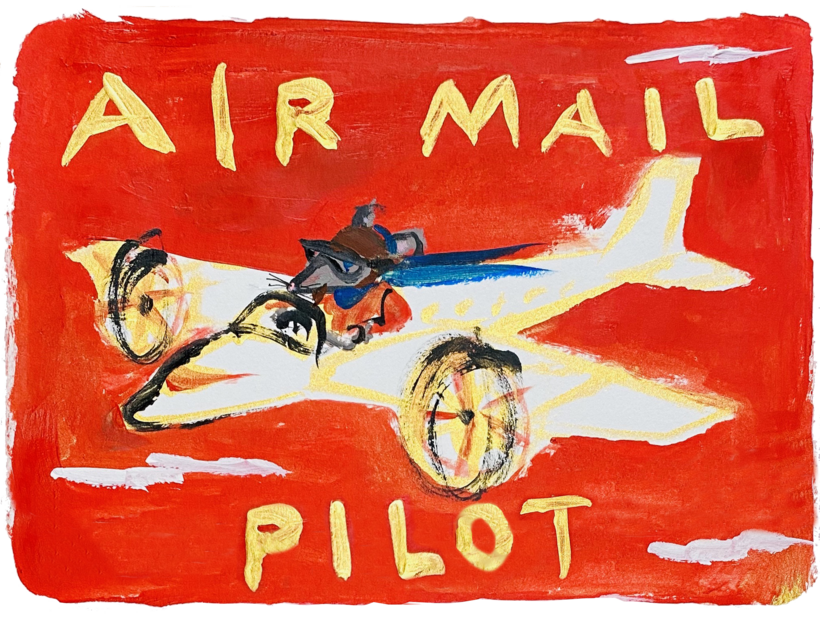Bag of Tricks

A primary school boy has invented a satchel that uses department store technology to overcome the curse of young pupils everywhere: forgetting crucial books and kit in the rush to get ready in the morning.
Liam Vijfwinkel, 11, a Dutch-Japanese boy from Kashiwa, near Tokyo, won a design competition organized by Japan’s Patent Office with his “Future Backpack”, which adapts the distinctive, stiff-sided bags carried by primary school children all across the country.
The backpack is equipped with a small laptop computer connected to a scanner, which is programmed with the information about the various books and equipment that its owner needs to take to school each day. Integrated circuit (IC) tags are attached to the bag’s contents, such as a pencil case, notebooks and textbooks. As these are placed in the backpack they are registered by the scanner and checked off by the computer. If anything is forgotten, a warning is displayed on the computer’s screen and enunciated by a synthesized voice.

The design brings modern technology to a very old-fashioned item. The randoseru, as the Japanese school backpack is called, is modeled on the leather military backpacks carried by 19th-century Dutch and German soldiers. Apart from more cheerful colors, the design has not changed since the 1880s.
Liam was inspired by his father, a Dutch IT specialist, and by the check-out system he observed in clothes shops, which registers the type and price of each product being purchased when the IC tag is scanned.
The digital randoseru is not Liam’s first invention: in his summer holidays he devised a “zap safe” that gives an electric shock to anyone attempting to steal from it, and a method for making disinfectant liquid from Japanese saké. He is presently working on an automatic iron. “It will be extremely difficult,” he told the Asahi newspaper. “But I want to please my mother.”
Seeing Eye to Eye

Air Rights

A racing pigeon that took a wrong turn during a competition in the United States and turned up about 9,000 miles away in Melbourne faces an uncertain future after the Australian authorities deemed it to be a quarantine risk.
The bird, nicknamed Joe after the president-elect, arrived in a Melbourne garden on Boxing Day after making its way across the Pacific Ocean. Kevin Celli-Bird found the bird. He said: “The pigeon landed and started having a drink out of a water feature. I didn’t pay much attention, but then it started wandering around the yard and started looking at us through the door. It looked a bit weak and fairly emaciated, so I crushed up a dry biscuit and it had a nibble and wandered off.”
Mr Celli-Bird phoned Victoria’s pigeon association after noticing a tag on the bird’s leg. Discovering that it did not match Australian records, he made further inquiries and found that it was registered with the American Racing Pigeon Union. The bird, it appeared, was owned by a man in Montgomery, Alabama, and had been put in a race held on October 29.

Last week he was trying to get a message to the owner but it may be too late for a reunion. The authorities fear that the pigeon could be carrying diseases and it may be destroyed. An official from Australia’s Department of Agriculture and Water Resources said that the bird was not allowed to stay in Australia because “it could compromise Australia’s food security and our wild bird populations”. The official added: “It poses a direct biosecurity risk to Australian bird life and our poultry industry.”
Brad Turner, secretary of the Australian National Pigeon Association, said that there were fears that pigeons from the US could carry exotic diseases and although it might seem harsh he agreed that Joe should be destroyed. Mr Celli-Bird said that the authorities had asked him to catch Joe but he could not help as the pigeon never allowed him to get close enough. Officials told him that if he was unable to catch the pigeon they might have to hire a professional bird catcher.
How the racing pigeon made its flight remains unclear. One theory is that it hitched a lift on a container ship. There have been previous cases of Chinese racing pigeons reaching Australia’s west coast aboard cargo vessels.

